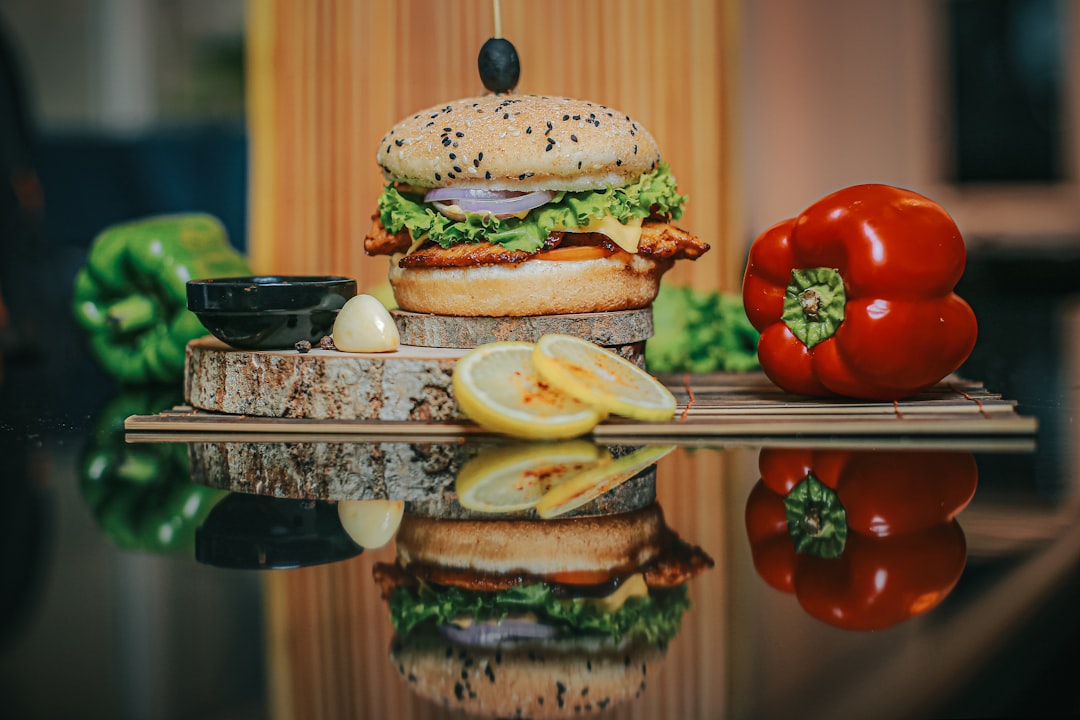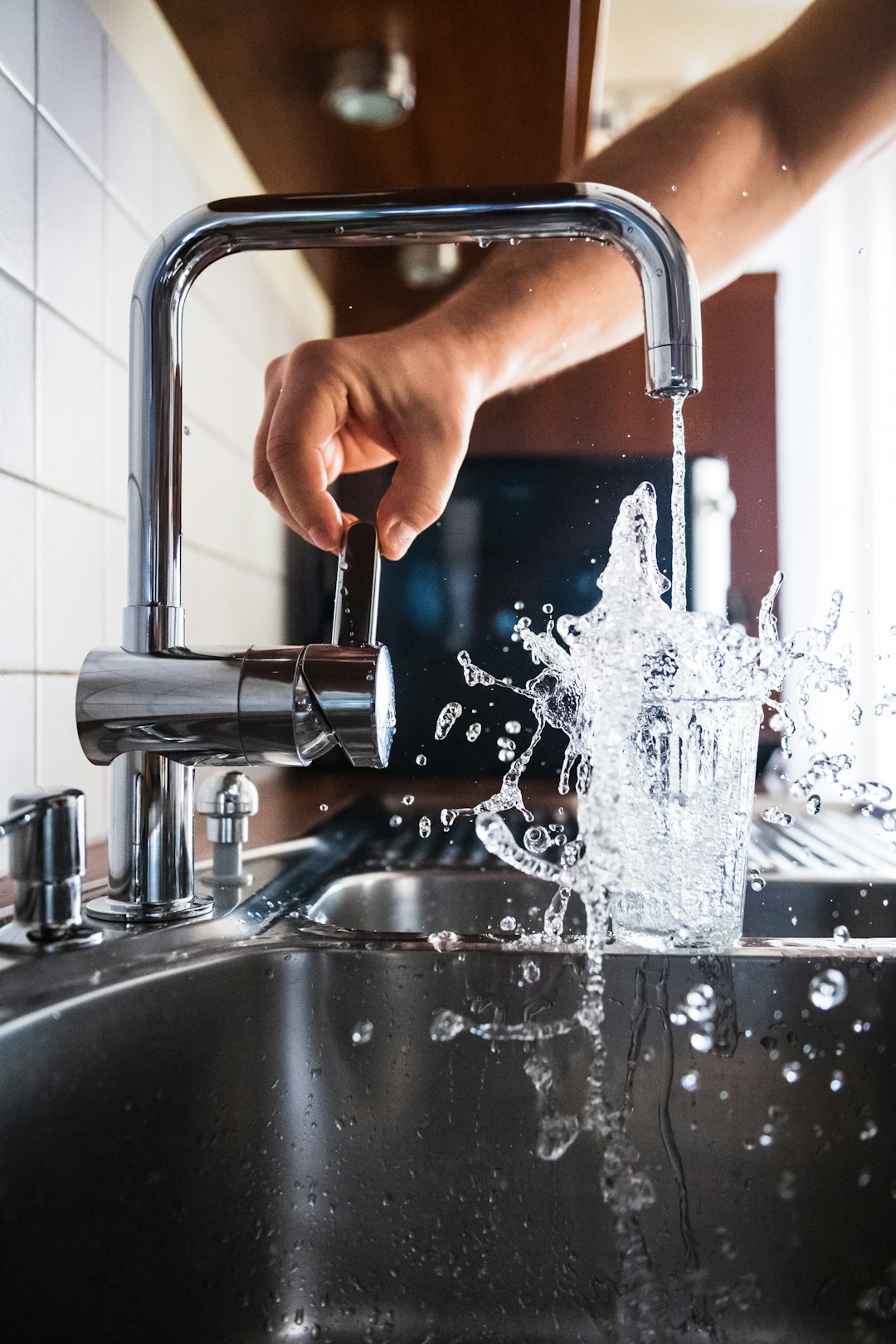Table of Contents
- Introduction
- The Evolution of Blogging: From Personal Diaries to Content Powerhouses
- The Role of AI in Revolutionizing Blogging: Tools and Techniques for 2023
- Optimizing Blog Content with AI-Powered Tools: The Future of Content Creation
- Content Automation: How Bloggers are Streamlining Workflow with AI
- The Impact of AI Writing Tools on Blogging: Efficiency and Quality Concerns
- Balancing Authentic Voice in an Era of AI-Generated Content
- Is Auto-Blogging the Future? Benefits and Pitfalls for Bloggers
- Using AI to Optimize SEO: How Blogging Continues to Drive Traffic and Engagement
- Conclusion
- Frequently Asked Questions
Introduction
In the ever-evolving landscape of digital content, the year 2023 presents a pivotal moment to reflect on the significance of blogging. With the rise of new social media platforms and content creation tools, one might wonder: Is blogging still a force to be reckoned with in the quest for success? As digital natives and seasoned writers both grapple with staying relevant in this crowded space, the dynamics of blogging have shifted dramatically over the years.

The popularity of visual content and short-form videos raises questions about the role of the traditional blog. Once considered a cornerstone of digital marketing and personal branding, the humble blog now competes with an array of dynamic content formats. Yet, despite the competition, blogging continues to evolve, adapt, and find new avenues to capture an audience’s attention.
Join us as we explore the current landscape of blogging in 2023. We’ll examine the factors driving its transformation and uncover whether it remains a potent tool for achieving success in today’s fast-paced digital world. Whether you’re a seasoned blogger or contemplating your first post, this journey offers insights and revelations that might just redefine your approach to content creation.
The Evolution of Blogging: From Personal Diaries to Content Powerhouses
Once upon a digital era, blogging was akin to keeping a diary tucked under a digital pillow, whispers of one’s thoughts and daily musings shared with a small circle. Fast forward to 2023, and oh boy, how times have changed! Blogging has blossomed from those humble beginnings into a powerhouse of content creation, driving conversations like a steam engine fueling a train of information. Now, blogs aren’t just digital diaries—they’re influential giants in the media landscape.
Over the years, the cornerstone of blogging has transformed with each click and swipe. Blogs have become like lively cafes in the bustling internet street, where everyone from hobbyists to big brands gather to sip on fresh ideas and gulp down insights. With clever storytelling and strategic keywords, blogs reach audiences far and wide, echoing like a canary in a coal mine, warning and informing.
In today’s fast-paced world, where digital tides change faster than the blink of an eye, blogging stands as a dynamic force. It’s evolved, wearing the crown of content creation, and influencing everything from personal choices to monumental global policies. Oh, the irony! What started as personal havens have become the titans of influence.
The Role of AI in Revolutionizing Blogging: Tools and Techniques for 2023
Well, imagine this: it’s 2023 and blogging’s still hanging in there like a cat on a screen door. The secret sauce? AI, my friends. Picture a world where AI isn’t stealing our jobs, but handing us a fancy toolbox instead. For bloggers, that’s like finding a hidden chest of treasures. These AI tools are like trusty sidekicks, helping create snazzy content quicker than a tadpole in a fishbowl race. Transitioning smoothly, AI brings personalization into blogging. Just like how a chameleon changes its hues, bloggers can tailor content to their audience’s whims. Over the horizon, a glimpse of irony—it takes machines to make blogs more human!
Another leap forward is SEO-friendly content that AI churns out like an over-caffeinated barista. The techniques are a whisper of the future, making bloggers believe they’re clairvoyant. Isn’t that a neat trick? Oh, the symphony of clicks and taps sounds like sweet music to the blogger’s ears. AI tools also slash through research like a hot knife through butter, saving oodles of time. Through these digital lenses, AI paints imagery, crafting posts as vivid as Van Gogh’s starry night, without a lick of paint. Who would’ve thought, that in the quirky dance between man and machine, it’s AI keeping the blog party alive!
Optimizing Blog Content with AI-Powered Tools: The Future of Content Creation
Imagine you’re a chef in a bustling kitchen, trying to whip up a new recipe that’ll tantalize taste buds. Now, think of AI-powered tools as your culinary sidekick, adding a pinch of this, a dash of that, ensuring the dish isn’t just tasty but also unforgettable. In the blogging world, these tools are revolutionizing content creation. You know how a magician pulls a rabbit out of a hat? Well, AI can sift through mountains of data faster than you can say ‘abracadabra,’ revealing insights that might’ve been buried deep.
In the heart of this transformation is optimization—knowing the right keywords and phrases is like striking gold in the hills of California. Oh, the irony! We feared technology might steal our jobs, yet here it is, holding our hands, guiding us through the digital maze. Using AI, bloggers can tailor their content to meet readers’ ever-changing whims, much like a maestro conducting an orchestra, each blog post hitting the high notes of reader engagement.
Moreover, AI helps in crafting headlines that pop, images that mesmerize, and stories that sing. Don’t you hear it? The future of content creation isn’t just knocking; it’s banging on the door, demanding to be let in.
Content Automation: How Bloggers are Streamlining Workflow with AI
Oh, the wonders of modern technology! When it comes to blogging in 2023, AI is like that trusty old friend who’s always ready to lend a hand. Gone are the days when bloggers burned the midnight oil, struggling to churn out content faster than a squirrel chasing its tail. Now, with the click of a button, content automation swoops in like a superhero in the nick of time. Imagine this: your favorite blogger, Jane, sipping coffee on a sunny morning, while AI takes care of drafting, editing, and even posting. It’s a digital dance where humans and machines harmoniously hustle.
Here’s the scoop: AI tools aren’t just saving time; they’re spicing things up too. By analyzing reader preferences faster than you can say ‘abracadabra’, these virtual assistants help tailor content that taps into the curiosity of audiences. The result? Engaging stories that resonate, just like a catchy tune you can’t get out of your head. While some might worry about losing the human touch, it’s more like a team effort where creativity gets a tech-savvy boost. Blogging might as well be on a rocket, soaring to new heights with AI as a trusty co-pilot.
The Impact of AI Writing Tools on Blogging: Efficiency and Quality Concerns
In the buzzing world of 2023, AI writing tools are like the new kids on the block, making a splash in the blogging arena. On one hand, they’re like those all-knowing oracles, churning out content at the speed of light, helping bloggers save oodles of time. These digital maestros can whip up a blog post in mere minutes, turning what used to be a daunting task into a walk in the park. With AI, bloggers can focus on spinning the wheels of creativity without getting bogged down in the nitty-gritty details.
But hold your horses! Like a double-edged sword, the efficiency of AI writing tools sparks some head-scratching concerns. Can a machine really emulate the heart and soul a human pours into their words? Well, here’s where things get a tad tricky. Critics argue that while AI can mimic writing styles, sometimes it misses the boat in terms of emotional depth. Ah, the irony! Though efficient, these tools might wash out the vibrant colors of personality. It’s like trading a hand-knit scarf for a machine-made one; the warmth and unique flaws just aren’t there. So, as AI dances on the edge of efficiency and quality, the blogging world watches on, intrigued yet wary.
Balancing Authentic Voice in an Era of AI-Generated Content
In this whirlwind era of artificial intelligence, where algorithms seem to write at the speed of thought, finding that authentic voice can feel like searching for a needle in a haystack. Oh, the irony! Remember the story of the old-school scribe who etched tales with quills and ink? He poured his heart, soul, and every last drop of midnight oil into creating something truly unique. Fast forward to now, and it seems we’ve unleashed an army of robots that churn out content as swiftly as a woodpecker tapping on a tree. But here’s the kicker: amid the hum of AI’s proficient prose, audiences crave human touch, a dash of individuality, a sprinkle of personality. It’s the melody in blogging that’s not just about facts, but the symphony, the storytelling that dances off the page. Digital readers now, more than ever, listen for the heartbeat beneath the surface, the genuine laughter amidst the structured sentences. Thrumming through the virtual chaos, they seek bloggers who can balance technological wizardry with that timeless ability to connect—to whisper secrets through the screen like a trusted friend on a cozy evening, sipping tea by the fire.
Is Auto-Blogging the Future? Benefits and Pitfalls for Bloggers
In 2023, blogging’s new kid on the block might just be auto-blogging, whispering sweet promises of efficiency in the ears of bloggers everywhere. It’s like the mysterious new neighbor in town who always seems to know the latest gossip. Auto-blogging tools, with their algorithms humming quietly in the background, can whip up content faster than you can say ‘jackpot,’ offering bloggers a chance to churn out posts with the speed of a cheetah on caffeine.
But, oh boy, not all that glitters is gold. For every silver lining, there’s a cloud. While auto-blogging might hand you the keys to a content kingdom, you could also find yourself wandering through a wasteland of generic, soulless text, devoid of the warmth and wit that a human touch brings. It’s a bit like a chef using a microwave for a gourmet meal—quick but bereft of personal flavor.
One can’t overlook the irony. As bots spin their digital yarns, bloggers might feel like they’re losing their voice in the clamor. Still, with sharp oversight and a sprinkle of creativity, auto-blogging can certainly help keep content flowing, just like an endless stream trickling through the verdant forest of the blogosphere.
Using AI to Optimize SEO: How Blogging Continues to Drive Traffic and Engagement
In the ever-evolving world of digital marketing, some folks might wonder if blogging’s still got its mojo. Well, using AI to tweak SEO has actually breathed new life into this trusty tool. Imagine blogs as digital lighthouses, guiding ships of users through the vast, stormy sea of content. Artificial Intelligence is like the ship’s captain, steering traffic right to the harbor of engaging posts.
Now, isn’t that something? Just the other day, I stumbled upon a blog post about travel hacks with precision and flair that’d give a Swiss watchmaker a run for his money. That’s AI-powered SEO magic, weaving keywords seamlessly into narratives, catching the algorithms’ attention, and keeping readers hooked like a fish on a line.
Not to mention, AI doesn’t just play catch-up; it anticipates trends, almost like a crystal ball but without the cryptic riddles. This foresight lets bloggers tailor content that resonates, letting audiences find exactly what they need, right when they need it. Blogging, in 2023, has transformed from a lonely typewriter clacking away into an orchestra of voices, each post a note in the symphony of engagement.
Conclusion
In 2023, the blogging landscape is vibrant and dynamic, boasting technological advancements that create new opportunities for content creators. AI has become a pivotal partner, assisting bloggers in content creation, optimization, and personalization to captivate audiences effectively. While traditional blogging skills remain essential, embracing cutting-edge tools is no longer optional; it’s a necessity for staying competitive in the digital space. For those who fail to integrate tools such as WPHorde, the risk of being overshadowed by AI-savvy competitors is real. Don’t get left behind in this fast-evolving field. Empower your blogging journey by adopting the latest AI tools, ensuring your content remains engaging and impactful. Visit WPHorde today and elevate your blogging efforts to new heights. Take action now!














